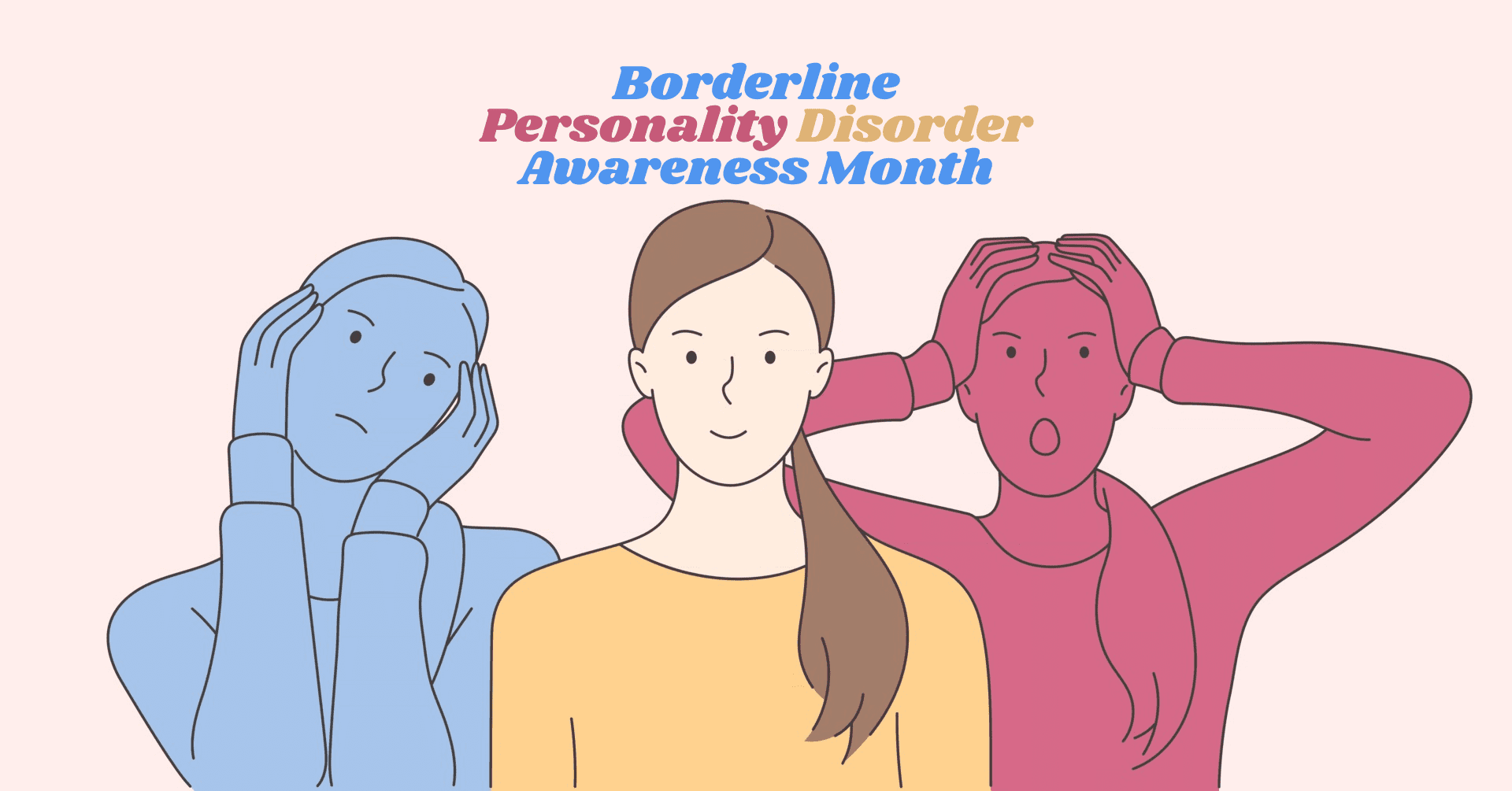Search by Color or Cause


Borderline Personality Disorder Awareness Month takes place in May. The reason it occurs in May is because, in May of 2007, the National Education Alliance for Borderline Personality Disorder (NEABPD) organized hearings before congress to educate legislators about Borderline Personality Disorder (BPD). A year later, in April, 2008 the U.S. House of Representatives declared May as Borderline Personality Disorder Awareness Month. Wear a gray enamel pin, fabric ribbon, or gray silicone wristband for Borderline Personality Disorder Awareness Month.
The best way to observe BPD awareness month is by educating yourself about the disorder. Support the people around you who are affected by adult or teen BPD by reading materials written by experts who understand and specialize in this condition.
Borderline Personality Month is a great time to learn more about BPD. And, to help you develop a greater understanding and compassion for those living with it. Additionally, you can help reduce the stigma surrounding BPD by openly discussing it with family and friends. By doing so, more individuals with BPD can receive appropriate treatments and be surrounded by a supportive network of loved ones, resulting in improved outcomes for your loved ones and community.
Borderline Personality Disorder (BPD) is a serious mental illness that affects an estimated 1.6% of adults in the United States. It is characterized by pervasive instability in moods, interpersonal relationships, self-image, and behavior. Treatment for BPD has made great strides within the past few decades. It often includes a combination of individual psychotherapy with medications to target specific symptoms. Researchers are still trying to understand the causes of borderline personality disorder.
Borderline Personality Disorder Awareness Month is a time to raise awareness about BPD and advocate for the rights of those living with it. It is an opportunity to educate the public about borderline personality disorder facts, reduce stigma surrounding it, and provide access to resources that can help people cope with its symptoms and connect them with help.
BPD Awareness Month is an important time for everyone to come together and recognize the impact of Borderline Personality Disorder. Borderline Personality Disorder has been recognized as a mental health condition since the late 1960s and today, millions of people are living with it.
BPD Awareness Month is a time to spread awareness about this disorder, the dangers, the treatment, and the hope. People can take part in social media campaigns, share helpful resources with their friends, and talk to local authorities about what more can be done to help those living with BPD.
It is important to recognize the dangers associated with BPD, such as self-harm and the risk of suicide in teens with BPD. By taking action during BPD Awareness Month, we can work together to reduce the stigma of this disorder and provide support to those living with it. It is time to come together to raise awareness and help fight the dangers associated with BPD.